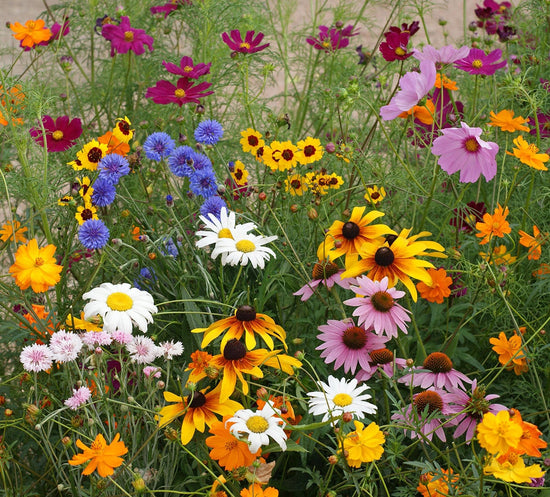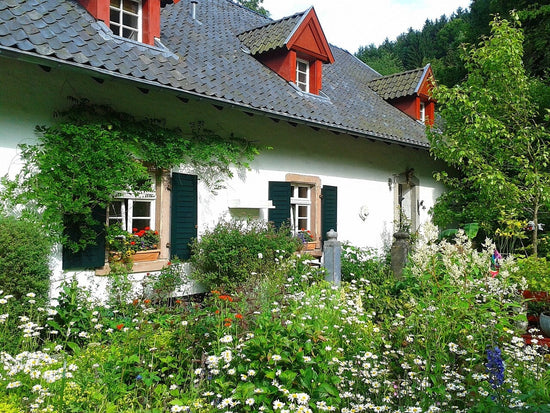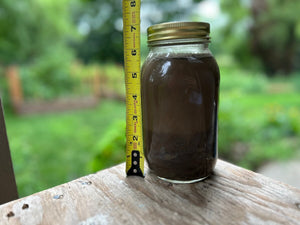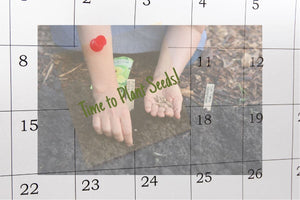3 Tips You Need to Know to Grow Lupine Flowers from Seed
LupineWith unique foliage that looks like palm fronds and tall flower stalks, lupines are stunning flowers to grow. Beyond their aesthetic appeal, lupines are valued for attracting butterflies and bees. This short-lived perennial can also improve your garden soil. Learn how easy it is to grow beautiful lupine flowers from seed.

Lupines are a favorite for growing in flower gardens for many reasons. These stunning flowering plants come in a vibrant array of colors, ranging from soft pastels to rich jewel tones. Lupines also offer practical benefits, such as fostering biodiversity by attracting beneficial pollinators like bees and butterflies. With their ability to thrive in diverse climates and soil conditions, lupines are resilient and adaptable, making them an ideal choice for novice and experienced gardeners alike.
Furthermore, their nitrogen-fixing properties improve soil health, enriching the earth for future plantings.
Whether planted in borders, beds, or containers, lupines add depth and dimension to garden designs, creating visual interest throughout the growing season. Moreover, their tall spires and lush foliage provide structure and texture, complementing a variety of garden styles, from cottage gardens to formal landscapes.
How to Grow Lupine Flowers from Seed
Lupine seeds, including Texas Bluebonnets, need extra care for the best germination rates. They have a hard protective coat that makes them slow to germinate. This protective coating helps them survive the tough outdoor climate and sprout in spring. To maximize germination, you can scarify lupine seeds by rubbing them between sheets of sandpaper and soaking them for 48 hours.
Plant lupine seeds ⅛” deep in warm soil. They will take 10 to 12 days to germinate.
Knowing when to plant lupine seeds for your growing climate will help you grow lupine flowers successfully. Lupines are a cool-weather flower and prefer temperatures in the 50s. They grow best in full sun but not too much heat. They will go dormant in hot summers, but the foliage will continue to be healthy and look gorgeous with its tropical-looking leaves.
You can start lupine seeds indoors for fall or early spring transplanting. Lupine seedlings will develop a deep tap root and need to be transplanted carefully to prevent shock. Take time to harden off the seedlings, and be careful not to disturb the roots.

Tips for fail-proof lupine seed germination
Lupine seeds need to be soaked for 48 hours or scarified.
Keep soil warm - above 68ºF.
Germinate lupine seeds in the dark.
Once they sprout, place them under grow lights.

How to Grow Lupine Flowers
Once the seeds have sprouted and your lupine plants are growing, these guidelines will ensure you have a gorgeous display of lupine flowers.
Sun
Lupine flowers need at least 6 hours of sunshine. Although they prefer full sun, they don’t like high heat. So, shade in the afternoon can be beneficial for lupine plants.
Soil
The best soil for growing lupine flowers is cool and moist. It should be rich and fertile, drain well, and be slightly acidic. Lupines have a long taproot, so you will want soil that isn’t heavy clay. Amend your soil with compost before planting lupine.
Water
Keep lupine plants moist and cool. These flowers aren’t drought resistant and will be healthier with regular watering that keeps the soil moist while not water-logged. Add a layer of mulch to conserve moisture and keep the soil cool.
Fertilizing
To make the most of the blooming season, add additional fertilizer in the spring and mid-summer. For better growth, add fertilizer that is high in phosphorus. Lupine is in the pea family and will fix nitrogen in the soil like other pea plants, so you don’t need to add extra nitrogen fertilizer.

Harvesting Lupine Flowers
Lupines make an excellent cut flower. You can deadhead and cut them off at the base, and new side shoots will grow. Lupines will keep blooming while temperatures remain cool but will go dormant when temperatures rise.
Harvest lupines early in the morning when it is still cool but the dew has dried. Cut the stems when about ⅔ of the flowers are starting to open. They can last in a vase for up to 7 days. If all blooms have opened, they won’t last as long in a vase.
While you're harvesting lupine flowers, remember the leaves. Their unique palm frond shape makes them a unique addition to flower arrangements.

FAQs About Lupines
Do Lupines come back every year?
Some lupine varieties are short-lived perennials and will live for about 3 to 4 years. They are winter hardy in zone 3 to 10. To help ensure they come back each year, cover with a thick layer of mulch during the winter months.
Do lupine plants spread?
Lupine plants spread by reseeding. To prevent it from spreading, cut off lupine flowers and enjoy them indoors before they go to seed.
What is special about lupine?
Lupines have a special ability to fix nitrogen in the soil. They are an excellent flower to grow and increase the fertility of your garden.
Where do lupines grow well?
Lupines grow well in cool but sunny locations.
Are lupine deer resistant?
Yes. If lupine flowers are blooming, the scent deters deer.
Remember these 3 important tips for growing lupine flowers from seed:
1 - Lupine seeds need scarification.
2 - Lupine seeds need darkness to germinate.
3 - Lupines are a cold-weather flower and thrive in cool temperatures in full sun.
Plant lupine seeds if you are looking for a beautiful, cool-weather flower. Not only will you enjoy the blossoms, but lupines will improve your soil and attract beneficial pollinators. With these seed-starting tips, you can start growing lupine from seed.
Note: Do not eat lupine seeds. They are toxic to people and animals.






Leave a comment